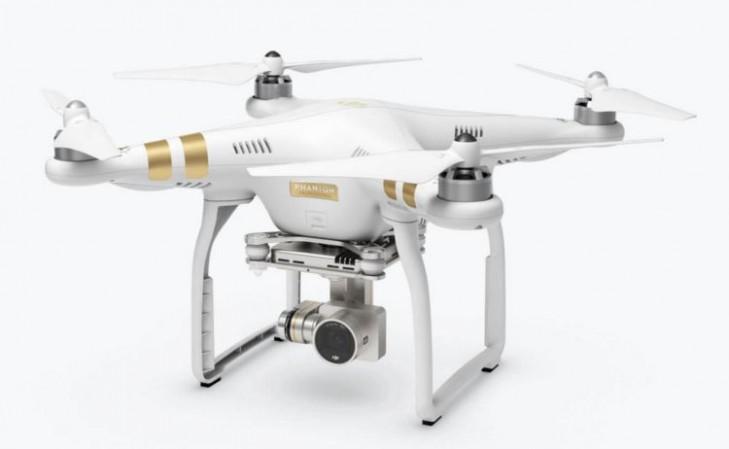
People have been using drones for different reasons — from shooting movies to aerial photography — but it has caused problems for security agencies, with some civilian drones intruding into restricted airspace, creating security and safety challenges.
Drone manufacturer DJI has solution for this problem. It has released a new software, which is in its beta version, to act as a "geofencing system" with a new feature called Geospatial Environment Online (GEO). This feature will let users know of restrictions in the drone's flight path.
The Verge reported that this was "DJI's way of appeasing the Federal Aviation Administration (FAA)" of the US since this authority has been calling for more regulation in drone flights.
The new feature will "provide drone users with up-to-date guidance on locations where flight may be restricted by regulation or raise safety or security concerns," DJI explained in a post on its official website.
So drone users will now be able to access "live information" about areas that have been restricted — prisons, power plants, VIP travel, major stadium events and other sensitive areas.
DJI has also provided users with an "unlock" feature that will let them unlock the flight in some locations. But this will need a DJI-verified account, with a credit card, debit card or mobile phone number. This will let the drone owner be traced back in case he or she violates restricted airspace.
It also noted that this unlock feature will not be applicable in certain no-fly zones like Washington DC and other sensitive locations.
It added that use of GEO will need drone-users to update their firmware and install the beta version of the DJI Go app. This feature will work on both DJI's Phantom 3 and Inspire 1 drones.
Apple Watch used as a drone pilot controller
Taiwan technology researchers have made it possible for drone users to use the Apple Watch as remote pilot controllers. This was possible due to an app for Apple Watch written by researchers at PVD+, which allowed them to render it as a remote controller, letting them pilot drones and control lights using hand gestures, reported NBC News.
"Previously, we've needed complicated controls to fly drones, but now we can use a wearable device, and through human behaviour and gestures directly interact with them using a hand to control and fly drones directly," said Mark Ven, a civil engineering PhD student at the National Chung Hsing University and founder of PVD+.
Meanwhile, chipmaker Qualcomm has revealed it is producing a custom version of its popular chip Snapdragon specifically for drones. According to the company, its Snapdragon Flight processors will lessen drone costs, improve battery life and add advanced features, The Verge reported.

















